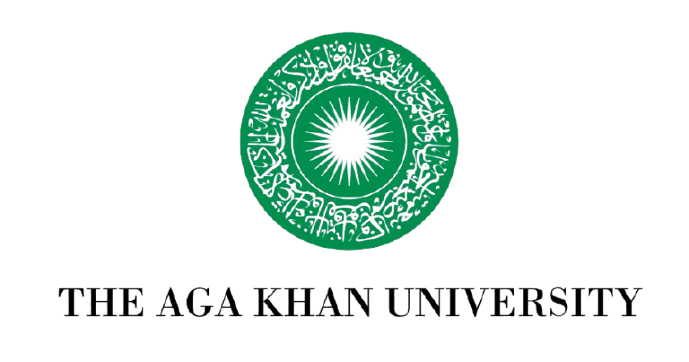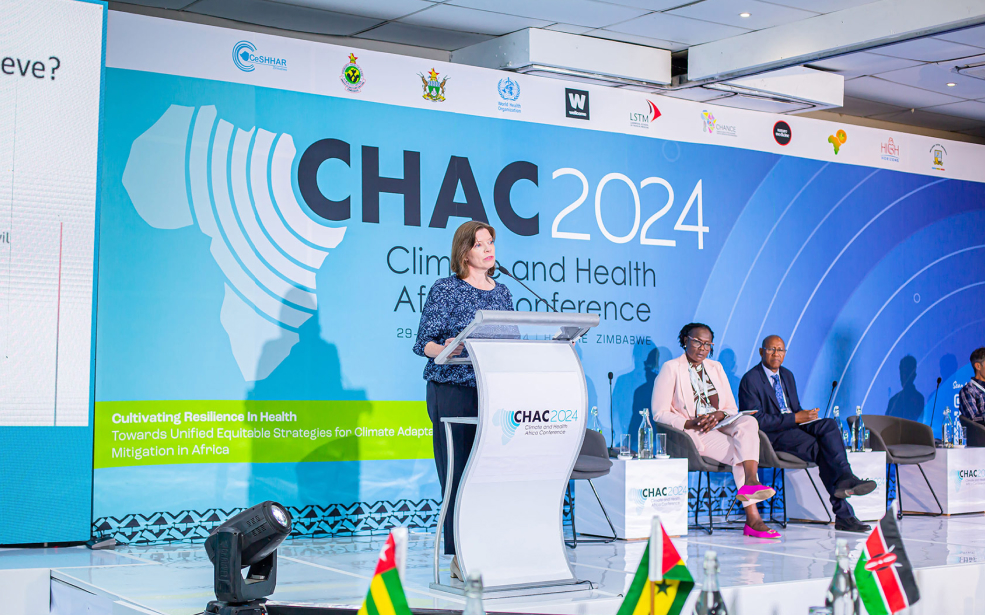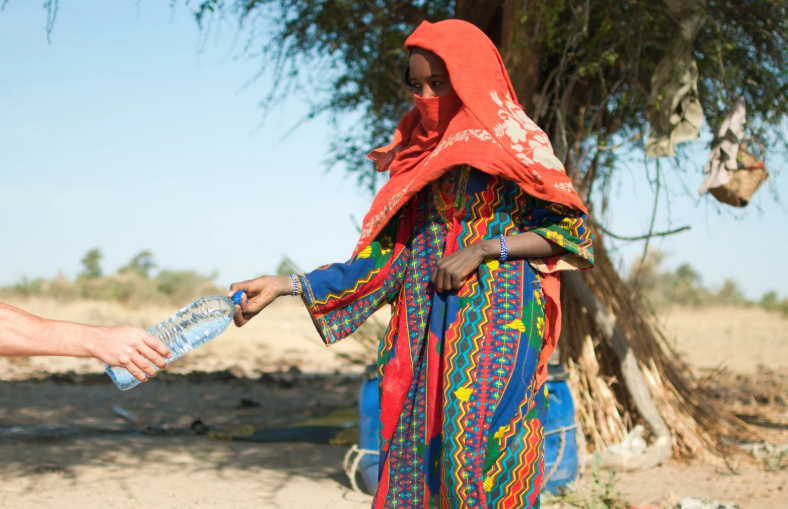Building Heat Resilience in Pakistan

Partners




Overview

Heat Adaptation and Health in Pakistan
Key Facts
The Health-Climate Link
Rising global temperatures and heatwaves pose critical health risks, particularly in low- and middle-income countries (LMICs) such as Pakistan. Vulnerable groups, including children, the elderly, and outdoor workers, are disproportionately affected due to inadequate housing, limited access to cooling solutions, and insufficient public awareness. Without effective intervention, these challenges will exacerbate health inequities and reduce resilience to climate shocks.
Community-Driven Solutions
This project aims to enhance thermal comfort and health outcomes through cost-efficient, scalable interventions. Strategies include improving energy supply, ventilation, promoting behavior change, and co-developing localized cooling solutions that address both urban and rural challenges.
Aims and Objectives
The project seeks to develop sustainable and affordable heat adaptation strategies tailored to the needs of Pakistan’s diverse socio-economic and geographic contexts.
Objectives of this study:
- Design and test practical cooling solutions for households in urban and rural areas.
- Improve community awareness and behaviors related to heat mitigation.
- Evaluate the health, social, and economic impacts of proposed interventions.
- Provide evidence-based recommendations for urban planning and rural development.
Study design and methods
Study Design
Overview
This project adopts an interdisciplinary approach to address the health and environmental challenges of extreme heat in Pakistan. By integrating public health, architecture, and community engagement, the study aims to develop and test scalable heat adaptation strategies in both urban and rural contexts. Findings will provide actionable insights for policy and planning, ensuring interventions are culturally appropriate and sustainable.
Interventions
- Improved Housing Ventilation: Testing sustainable low-cost cooling solutions to enhance thermal comfort.
- Community Education Campaigns: Promoting practical behavioral changes to mitigate heat risks.
- Green Infrastructure Enhancements: Exploring the role of shaded areas, reflective paints and vegetation in reducing localized heat impacts.
Activities
Systematic Review:
Conducting a systematic review to evaluate and synthesize evidence from participatory community-based interventions for heat adaptation and reduction strategies in LMICs.
Qualitative Study
Using focus groups and semi-structured interviews to understand community-specific needs and perceptions of heat adaptation strategies.
Cool Roof Deployment
Testing UV reflective roof materials in local households to evaluate their effectiveness in reducing indoor heat exposure and energy consumption.
Case Study Analysis
Evaluating interventions in two distinct settings:
- Karachi: Addressing challenges in densely populated urban areas.
- District Matiari: Targeting agricultural households with limited access to cooling infrastructure.
Data Collection and Monitoring
Deploying sensors and real-time monitoring systems to track indoor temperatures, health outcomes, and intervention effectiveness over 12 months.
Policy Brief and Toolkit Development
Summarizing findings into practical recommendations for policymakers, urban planners, and community leaders to implement heat adaptation solutions.
Methods
Tracked Outcomes
- Health: Monitoring heat-related illnesses, hydration levels, and overall well-being.
- Environmental: Measuring indoor temperatures and energy consumption for cooling.
- Social and Economic: Assessing productivity, quality of life, and cost-effectiveness of interventions.
Novel Methodology
Utilizing wearable devices and environmental sensors for real-time data collection. Community engagement ensures interventions are culturally relevant and address local needs


